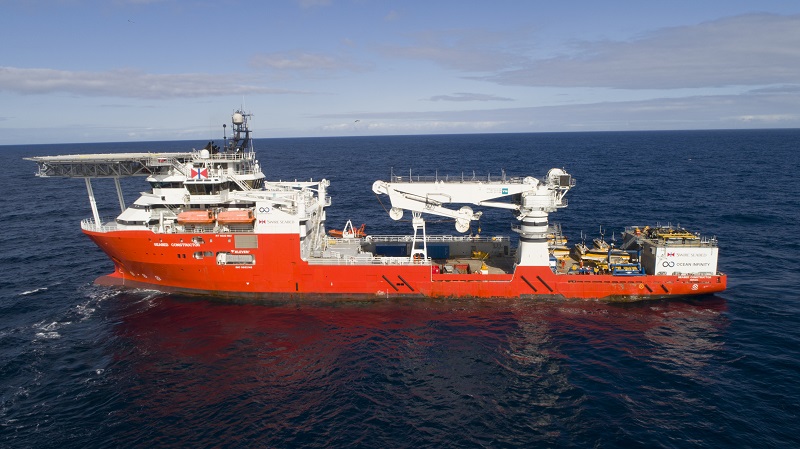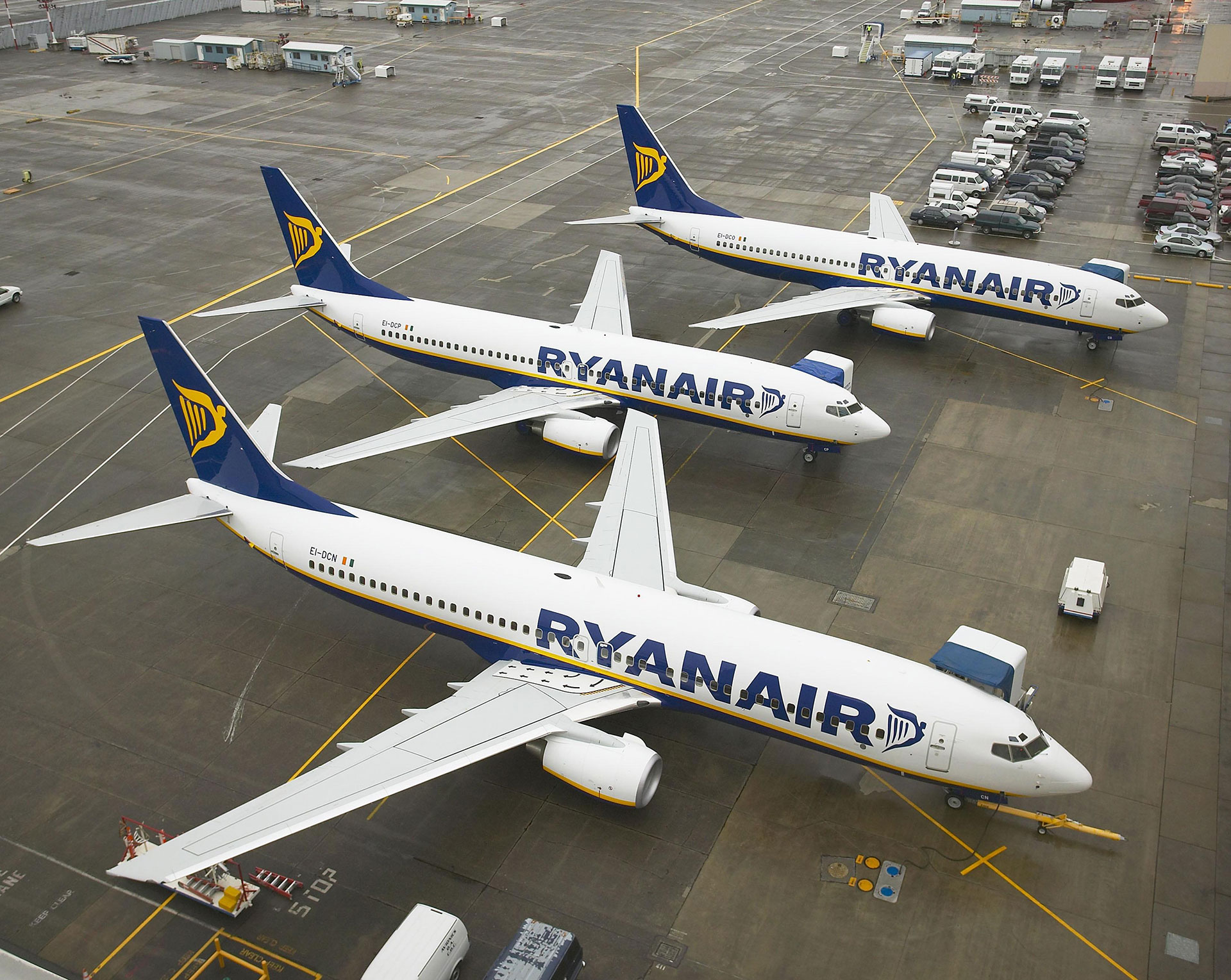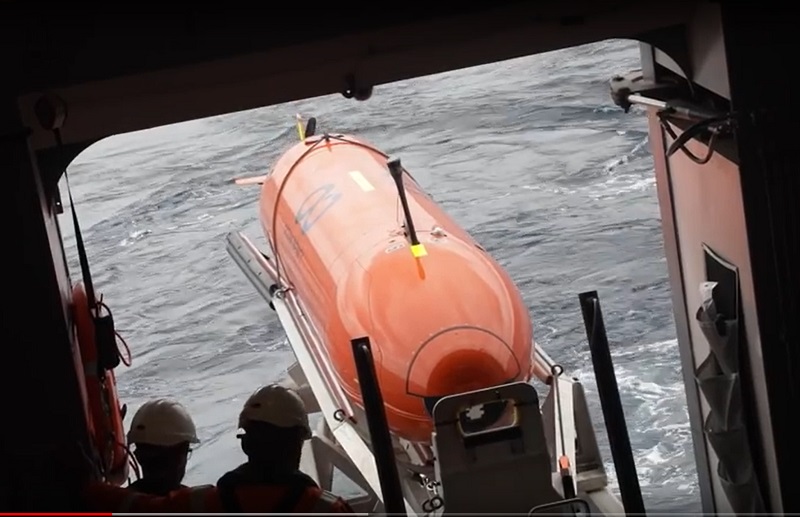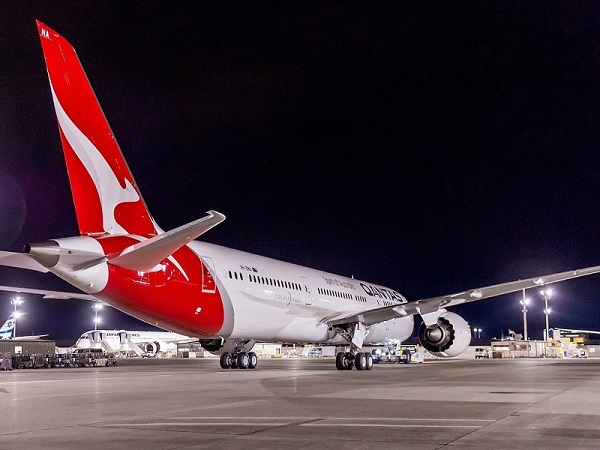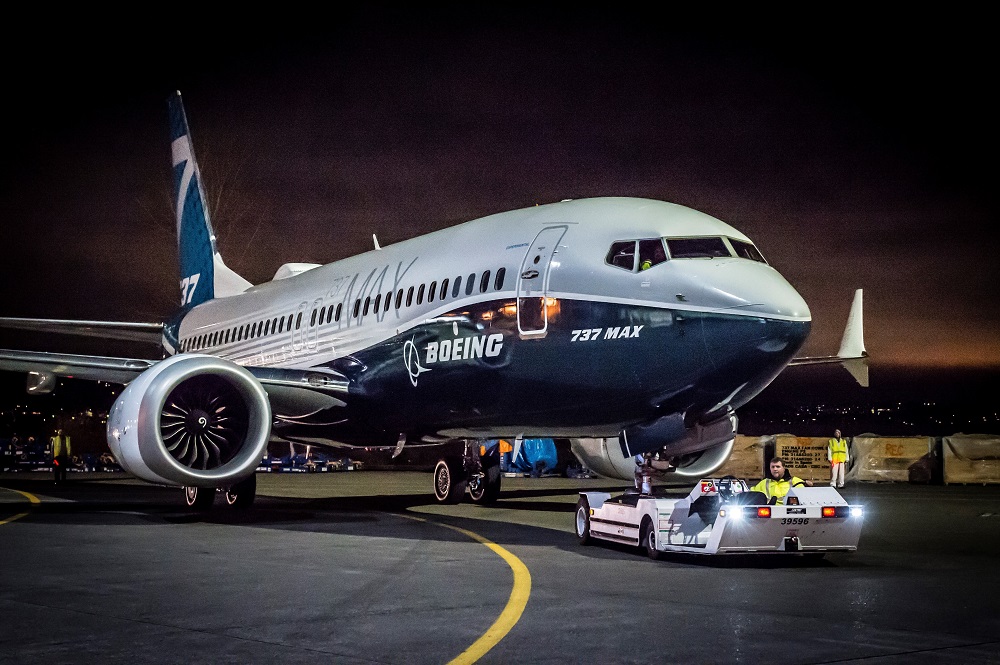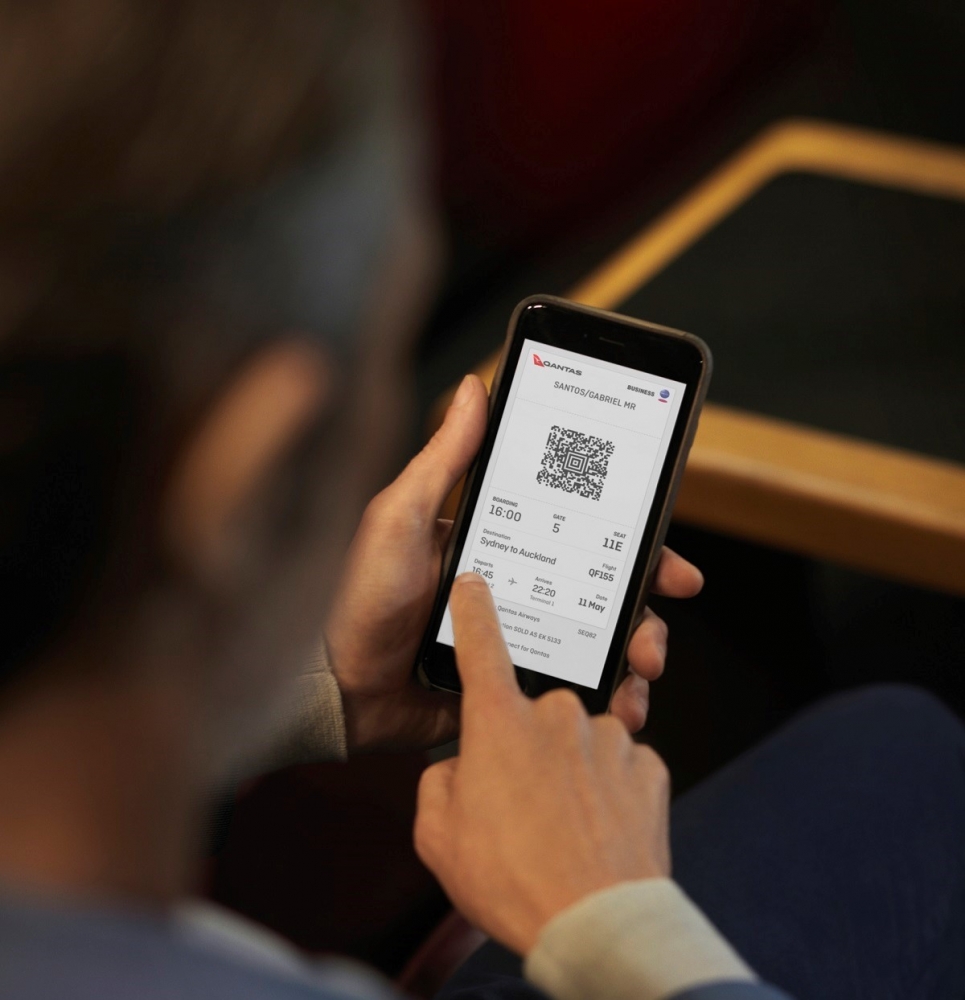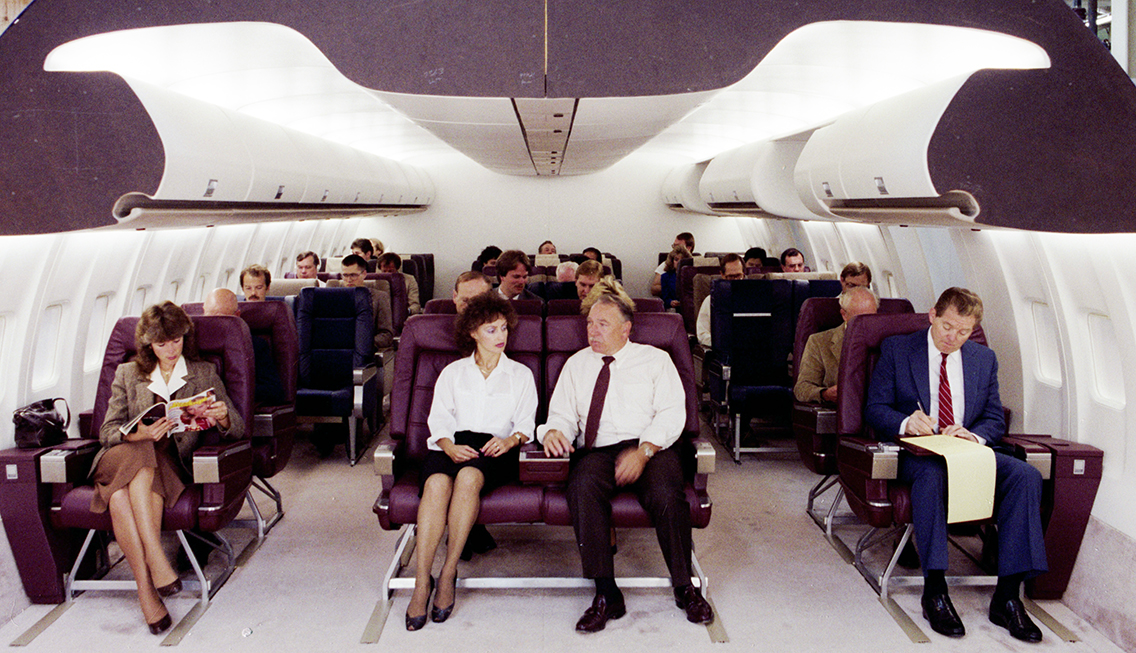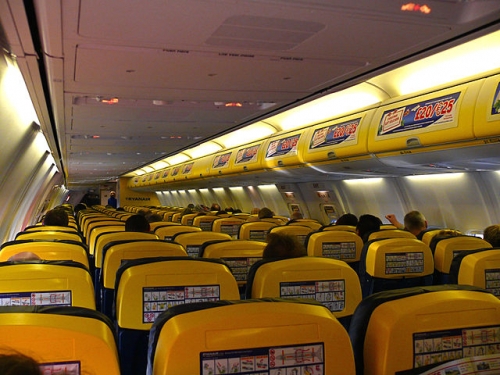AirAsia X is promising to slash fares out of Victoria’s Avalon Airport by up to 20 percent because of the lower operating costs of the regional airport.
The promise comes from AirAsia X CEO Benyamin Ismail in Perth to discuss the airline’s plans and discuss the airline’s operational safety performance with AirlineRatings editorial team.
“We are going to put all the savings of operating out of Avalon back into reducing fares,” said Mr Ismail.
“It will stimulate the market and promote the Geelong region.”
On February 4 AirAsia X signed a 10-year agreement with Avalon Airport and will start operating from the airport later this year.

Mr Ismail is frank on some of the incidents that have occurred over the past two years involving AirAsia X and Indonesia AirAsia which operate into Australia.
He said that “yes we have had few issues” but stressed that lessons have been learned and taken on board.
Mr Ismail also highlighted that AirAsia X has just passed its latest bi-annual, week-long, key Operational Safety Audit conducted by a German auditing team on behalf of the International Air Transport Association.
Australia’s safety watchdog the Civil Aviation Safety Authority also participated.
IOSA covers 1067 safety and operational parameters.
SEE: Afraid of flying don’t watch this.
However, three of the incidents in Australia were, in fact, Rolls Royce fan blade problems affecting the engines on the Airbus A330 not only on AirAsia X aircraft.
“Rolls Royce is on top of the problem and we are working closely with them.”
On the radar for AirAsia X are flights to Europe and the US West coast from 2019 when the airline takes delivery of a new variant of the A330, the A330neo, which has greater range and fuel performance.
“We are looking at Milan and Nice in Europe,” said Mr Ismail.
Other units of the AirAsia group are currently undergoing IOSA audits and compliance with more positive announcements to be made shortly said, Mr Ismail.
















